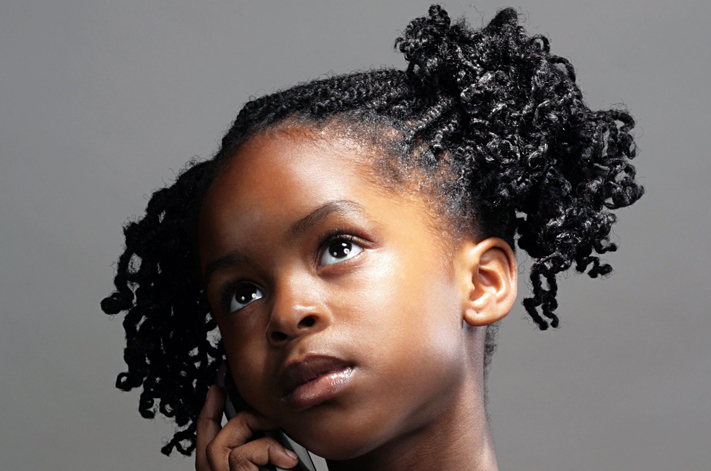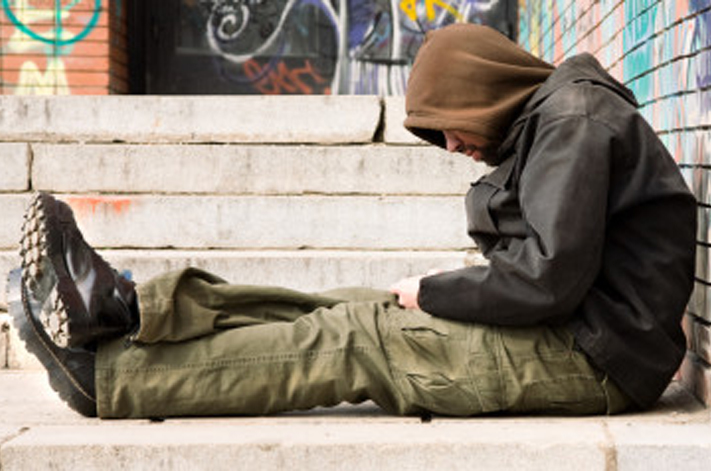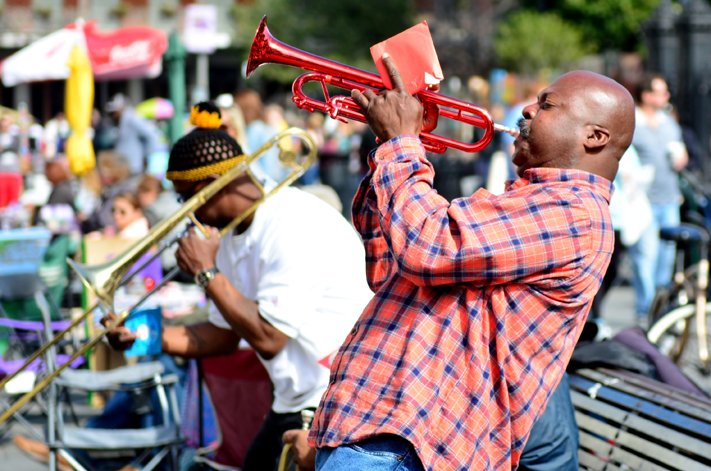Project Description
Second chances don’t come this easily to people of color.
| Photographic Credit; Keri Blakinger, who spent more than two years in prison for drug possession, graduated from Cornell University after her release. (Courtesy of Keri Blakinger)
I was a senior at Cornell University when I was arrested for heroin possession. As an addict — a condition that began during a deep depression — I was muddling my way through classes and doing many things I would come to regret, including selling drugs to pay for my own habit. I even began dating a man with big-time drug connections that put me around large amounts of heroin. When police arrested me in 2010, I was carrying six ounces, an amount they valued at $50,000 — enough to put me in prison for up to 10 years. Cornell suspended me indefinitely and banned me from campus. I had descended from a Dean’s List student to a felon.
But instead of a decade behind bars and a life grasping for the puny opportunities America affords some ex-convicts, I got a second chance. In a plea deal, I received a sentence of 2½ years. After leaving prison, I soon got a job as a reporter at a local newspaper. Then Cornell allowed me to start taking classes again, and I graduated last month. What made my quick rebound possible?
I am white.
Second chances don’t come easily to people of color in the United States. But when you are white, society offers routes to rebuild your life. When found guilty of a drug crime, white people receive shorter sentences than black people. And even after prison, white men fare better in the job market than black men with identical criminal records.
It was prison that clued me in to just how much I benefit from systemic racism in our society.
It was prison that clued me in to just how much I benefit from systemic racism in our society. Until then, I hadn’t thought much about white privilege, which is exactly how privilege works – as a white person, I could ignore it. But sitting behind bars, I saw how privilege touches almost everything, especially the penal system.
It starts at the gate — or rather, who comes through the gate. When I moved into the state prison, the racial disparity was immediately obvious. I was surrounded disproportionately by people of color. While blacks represent just 13.2 percent of the New York State population, they are nearly half of the state’s prison population. Reasons for the disparities are clear: Nationally, blacks are more likely to be pulled over, more likely to be searched, and, if arrested, likely to be sentenced to more time for the same crime. Although whites and blacks use drugs at about the same rate and although whites are more likely to sell them, black youth are 10 times more likely to be arrested for drug crimes than are their white counterparts.
Once in prison, minorities are at an even greater disadvantage. Some corrections officers (though hardly all) were overtly racist. Some used racial slurs. One was rumored to sport a tattoo of a black baby in a noose. Even if the rumor wasn’t true, it says something about the prison’s racial climate that prisoners believed it conceivable enough to repeat.
In one case, I watched prison officials send a black inmate to solitary confinement for wearing her pajamas at 10 a.m. Apparently, there was a little-known rule prohibiting inmates from wearing pajamas after a certain hour, despite the fact that they looked nearly identical to regular state-issued clothes. I never even thought about when to change out of my pajamas, so I’m sure I wore them after the appointed hour, too. But nobody ever troubled me about it, let alone sent me to solitary. There were many times that black inmates were hassled for things that white inmates weren’t.
To be clear, it is not only minority inmates who could get sent to solitary for little to no reason. Whatever their race, inmates routinely get put in solitary for trivial rules violations such as having too many postage stamps, missing appointments, or talking back. Overall, though, black inmates are treated worse. In New York State, they make up 49 percent of the prison population but 59 percent of the solitary confinement population. And the superintendents who decide how long prisoners will spend in solitary are overwhelmingly white in my experience. I knew of only one African-American superintendent or deputy superintendent in the five female facilities that existed when I was locked up. (The New York Department of Corrections and Community Supervision says they have two black superintendents now).
Of course, race alone doesn’t explain my story. There were other factors that led to my reduced sentence and my return to Cornell. I was arrested in in Tompkins County, a liberal jurisdiction with long-standing commitment to alternatives to incarceration and progressive sentencing. (If I had been arrested in any of the surrounding counties, my sentence could have been three to four times as long.) In another stroke of luck, New York rolled back parts of the notorious Rockefeller Drug Laws the year before my arrest. Had I been prosecuted under those laws, I would have gotten 15 years to life.
When I was arrested, officials told me that it is standard to suspend any student who is arrested, though the Campus Code of Conduct doesn’t specify that punishment.
Although Cornell has a process governing the readmission of suspended students, they never explained exactly what persuaded them to allow me to return. When I was arrested, officials told me that it is standard to suspend any student who is arrested, though the Campus Code of Conduct doesn’t specify that punishment. Readmission is allowed on a case-by-case basis. I gathered letters of recommendation from former professors, my parents and my parole officer and sent them to the judicial administrator. I provided samples of my freelance writing to show I was working to support myself. I answered a standard set of written questions about what I had learned, what I had done to change my path and what safeguards were in place to make sure I don’t recidivate. I had a 20-minute or so phone interview with the judicial administrator and then waited on pins and needles for a response. It came in the form of a brief e-mail: “I am pleased to report that you have been approved to finish your Cornell degree, starting in January 2014.”
It’s impossible to know if a black or brown student in the same circumstances would have been allowed back in. But I think it’s likely. Through its Prison Education Program at a maximum-security state facility, Cornell allows inmates to earn Cornell credits. Clearly, it is a school interested in second chances.
I regularly encounter people who deny that things like racism and privilege still exist, who believe that we are living in a post-racial world. And yes, I dream of a world in which every ex-con could enjoy the opportunities I have. But I saw firsthand how deep and structural biases shaped our criminal justice system. For some, the battle is about ending racism and privilege — behind bars or anywhere else. But for others, the battle is simply acknowledging that there is a battle at all.
Keri Blakinger is a prison reform activist and felon living in upstate New York. She is a staff writer at The Ithaca Times and a regular contributor to substance.com.
This piece was reprinted by EmpathyEducates with permission or license. We thank the Author, LeRon L. Barton for his kindness, and for inviting an open, honest, more real and connected conversation. We also wish to express our appreciation for The Washington Post “pledge to an aggressive, responsible and fair pursuit of the truth without fear of any special interest, and with favor to none.”










